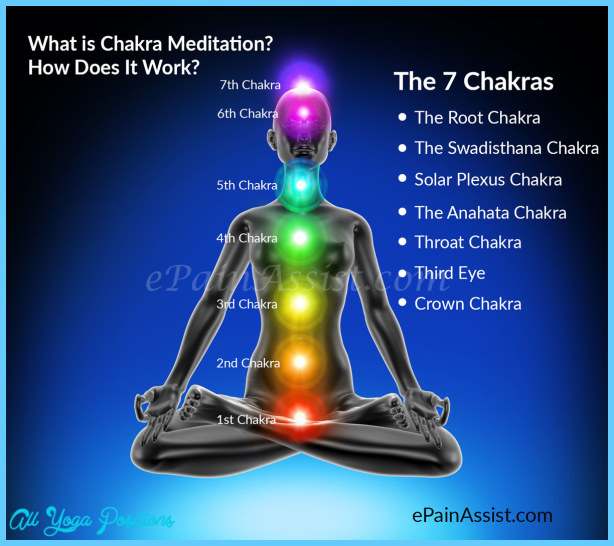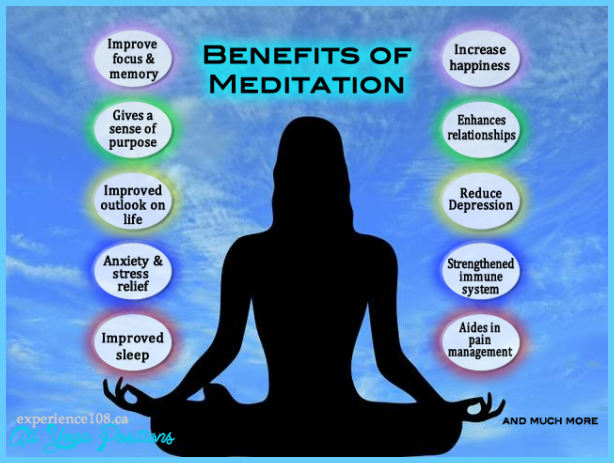Meditation is discovery, the unfolding of the mind. While meditation is often considered an esoteric religious rite, it is actually a tool that aims to strengthen the mind’s ability to sustain attention. Meditation is a sequential component of a yoga practice; part of a process. The first step is doing the asana, which helps ready the body for the second step pranayama or breathing practices. Pranayama helps with concentration, and that sets the mood for meditation. The practice of asana and pranayama, yoked together, pave the way for the mind to focus and to meditate.
In meditation, the mind is not asleep but focused. Try and visualize the process of meditation as a bell curve. Foremost, at the flat part of the bell, you begin by eliminating the obstacles that prevent you from focusing. In yoga, the breathing techniques and asana help you here. You arrive at the crest or dome of the bell when your mind can remain focused. When you close or finish your meditation, you ultimately return your awareness to a normal state or level.
But what does meditation actually do, and why is it so important? Here are some of its proven benefits:
It encourages relaxation.
It increases awareness.
It enhances mental clarity.
It bathes the mind with a sense of peace.
The Yoga Sutras list five possible states of mind:
1. Agitated. The mind that wanders everywhere, but ends up nowhere.
2. Distracted. The mind that tries to focus on an object but becomes easily distracted.
3. Dull. The mind is not totally present; it is lethargic.
4. Focused. The mind remains attentive and focused, although it has not attained perfect clarity.
5. Absorption. The evolved mind, or the state in which the mind has no distractions. Nothing hinders absorption in this state.
The mind generally hovers among the first three states. The last two states. The last two states are when meditation can actually take place.












